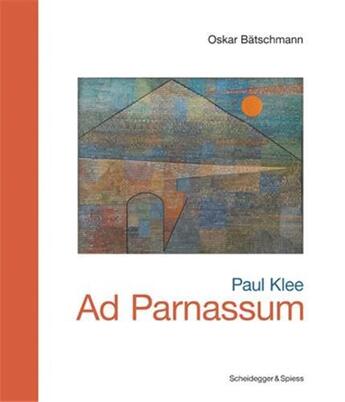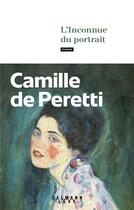-
Date de parution : 30/11/2021
-
Editeur :
Scheidegger
-
EAN : 9783039420117
-
Série :
(-)
-
Support :
Papier
Résumé:
In the 1920s, German-Swiss artist Paul Klee (1879-1940) began his long-lasting engagement with polyphonic art-multi-voiced way of painting analogous to music.
A relentless experimenter, Klee began these studies while teaching at the Bauhaus in Dessau, developed them further during his tenure... Voir plus
In the 1920s, German-Swiss artist Paul Klee (1879-1940) began his long-lasting engagement with polyphonic art-multi-voiced way of painting analogous to music.
A relentless experimenter, Klee began these studies while teaching at the Bauhaus in Dessau, developed them further during his tenure at the art academy in Dusseldorf, and brought them to conclusion after his return to Switzerland in 1933. In this book, distinguished art historian Oskar Batschmann explores Klee's seminal painting Ad Parnassum (1932). Painted shortly after the artist's departure from the Bauhaus, it symbolises a new era, also one of Klee's own self-discovery. Batschmann documents how the artist strove for a connection of music and painting in his colour hues and in the rhythmic movement of coloured dots.
Richly illustrated, this book places Klee's polyphonic understanding of art in an art-historical context by using this key work and offers insight into the synesthetic thinking that emerged in the art world during that time.
Donner votre avis














